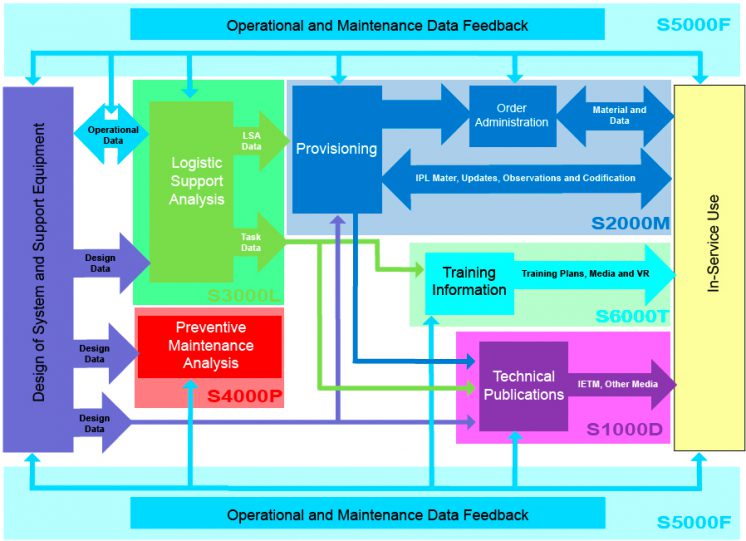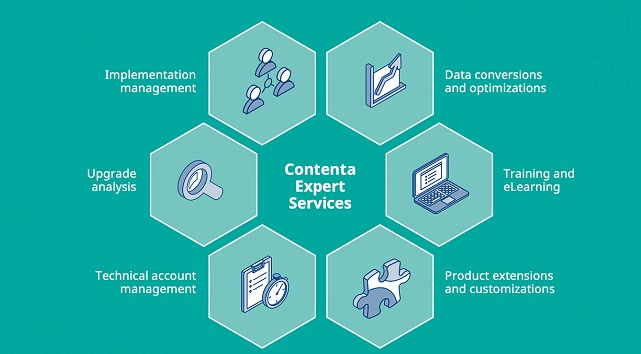S1000D
S1000D
At SILS Enterprise, we specialize in creating and managing S1000D-compliant technical documentation. Our expert team ensures your technical publications meet the highest standards for accuracy, clarity, and usability, providing comprehensive support throughout the lifecycle of your products.
To provide all these elements, a strong, flexible, easily manageable, modular and process-oriented application is needed. Technical Document Editor (TDE) is an application, developed to meet your needs.


What is S1000D?
S1000D is an international specification for technical publications using a common source database. It is widely used in aerospace, defense, and other complex industries to produce structured and standardized documentation. S1000D ensures consistency, reusability, and interoperability of technical information, facilitating efficient maintenance and support of products.
Why Choose S1000D Compliant Documentation?
To provide all these elements, a strong, flexible, easily manageable, modular and process-oriented application is needed. Technical Document Editor (TDE) is an application, developed to meet your needs.
Standardization
Ensures consistency across all technical documents, enhancing readability and usability.
Interoperability
Facilitates information exchange between different systems and organizations.
Cost Efficiency
Reduces documentation costs through reuse of content and improved management processes.
Benefits of S1000D:
There are many benefits of integrating S1000D into organizations’ documentation process.
These benefits can be summarized as under:
These benefits can be summarized as under:
Share Information
The primary reasons to use S1000D are to have the ability to produce content that can be integrated into other vendors systems and projects and enhance technical information exchange among the many defense and commercial stakeholders. This data exchange will enable organizations to achieve the key goal of international interoperability and information reuse between civil and defense related projects.
Save Time
The overall time needed to create new documents will decrease because organizations can reuse their content in other S1000D documents. This is particularly desirable for organizations that may produce almost identical products with minor physical or mechanical differences.
Save Money
The costs for producing documentation will decrease since documentation will be written in a structured format (i.e. SGML or XML). This will result in a more streamlined publishing process, eliminating the need to have multiple computer programs and staff skill sets for generating the technical documentation. Using SGML and XML to author content for publications offers many cost-saving benefits for organizations.
Use Latest Technology In Your Publications
The S1000D specification is responsive to emerging technology. S1000D will never become irrelevant from a technology point of view.
Use Data More Effectively
With more organizations authoring to the guidelines set out in S1000D, data mining will be a natural flow on benefit. Data mining allows relationships between content in different stores of data to be discovered and exploited. Without data mining, content that is common to different items is not captured. With data mining enabled however common information can be identified. By identifying this information across database, the documentation process can be streamlined because the same information can be reused.
Reduce Errors
Reusing data many times has a number of benefits but one that may not be as obvious is the potential reduction in errors. If you are referencing a certain document in a number of different locations within a publication and you discover that the document contains errors, there is no need to open every document that may contain this particular piece of information. Because the information is reused, the source document that contains the error can be easily corrected. Then the other documents that contained referenced information from the originally erroneous document can be updated automatically with the new information.
Increase Usability of Documents
S1000D recommends that the use of Simplified English in technical documents should be incorporated into technical publications. By encouraging the use of Simplified English in an organizations writing style, the amount of ambiguity in technical publications will be substantially reduced. Ambiguity is a dangerous thing to have in technical documentation because it puts the onus on the reader to interpret instructions and make an educated guess in some cases.
Our Services
Documentation Development
We develop high-quality, S1000D-compliant technical documentation tailored to your specific needs. Our services include:
- Technical Manuals
- Illustrated Parts Catalogs (IPCs)
- Maintenance Manuals
- Operating Manuals


Data Module Creation
Our team creates structured data modules in compliance with S1000D standards, ensuring consistency and reusability. Key services include:
- Data Module Requirement List (DMRL) Creation
- XML Data Module Authoring
- Common Source Database (CSDB) Management
Illustration and Graphics
We produce detailed, S1000D-compliant illustrations and graphics to support your technical documentation. Services include:
- Technical Illustrations
- Schematic Diagrams
- 3D Modeling and Animations


Conversion and Migration
We offer conversion and migration services to transition your existing documentation to S1000D standards. Services encompass:
- Legacy Document Conversion
- Data Migration to CSDB
- Format and Standard Compliance Checking
Content Management
Our content management services ensure efficient handling of your technical documentation throughout its lifecycle. Key services include:
- CSDB Implementation and Management
- Revision Control and Version Management
- Metadata Management


Training and Support
We provide training and ongoing support to help your team effectively use and manage S1000D-compliant documentation. Services include:
- User Training Programs
- Authoring Tool Support
- Documentation Maintenance and Updates
Industries We Serve
Our S1000D technical documentation services are applicable across various industries, including:
Aerospace
Ensure comprehensive support for aircraft maintenance and operations.
Defense
Provide clear, standardized documentation for complex defense systems.
Maritime
Enhance the maintenance and operation of vessels with structured documentation.
Rail
Support rail vehicle maintenance and operations with precise technical publications.
Manufacturing
Streamline maintenance processes with clear and consistent technical manuals.
